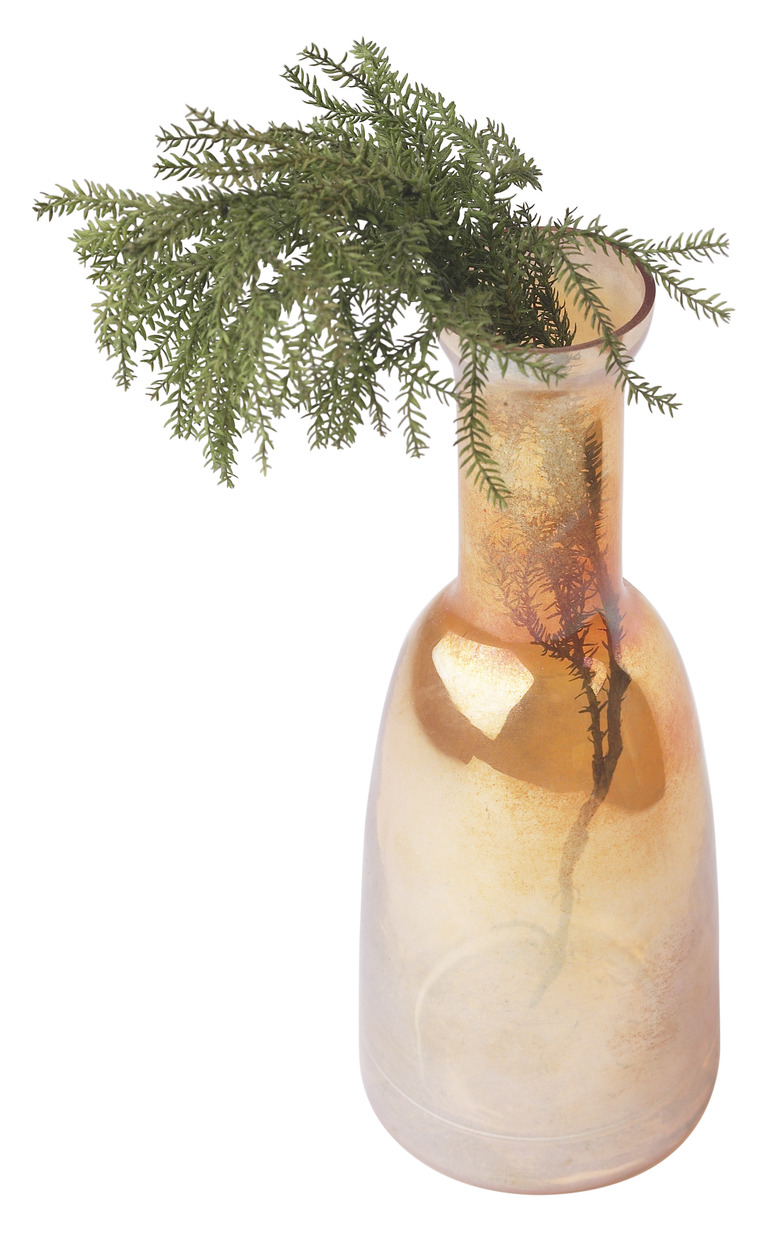How To Propagate Evergreen Trees And Shrubs
Things Needed
-
Clean, sharp pruning shears
-
Sand
-
Peat
-
Perlite
-
Pot
-
Rooting hormone
-
Spray mist bottle
-
Milk jug
Evergreen trees and shrubs are lovely landscape plants with vibrant shades of year-round green. Holly, juniper, boxwood, rhododendron and other ornamental broadleaf evergreens are valued for the range of textures and colors they add to a garden. Most broadleaf evergreens grow well from cuttings, also known as asexual propagation or vegetative propagation. Take the cuttings during the growing season, after you notice new growth on your plant. This propagation technique is easy, so you may want to take multiple cuttings (or slips) throughout the fall and winter, and share the extra plants with fellow gardeners.
Step 1
Prepare a rooting bed by mixing equal parts of gardening sand, sphagnum peat moss and perlite. Pour the propagating mixture into a wide, shallow container, flower pot or planting tray with drainage holes. Using warm water, soak thoroughly until the sphagnum peat moss has absorbed the water and it is draining from the bottom of your rooting bed. Smooth the surface of the propagating mixture.
Step 2
On your favorite evergreen plants locate several healthy shoots that are firm yet still pliable. Find a leaf node and cut a 4- to 10-inch slip from the plants. Use clean, sharp pruning shears to make the cut with a swift and decisive motion. The stem cuttings should have a smooth slice; discard any evergreen slips with crushed or tattered ends.
Step 3
Carefully remove leaves from the bottom half of the evergreen slip to help it conserve energy. If the remaining leaves are large, cut them in half to minimize moisture loss through transpiration and to allow cuttings to fit closer in the rooting bed. Dip the newly sliced end of the evergreen slip into a rooting hormone. With a pencil or similar object, make a small hole in the planting medium and gently insert the stem cuttings. Tap the mixture back around the plant cutting to establish firm contact. Continue this process, spacing the slips about 3 inches apart.
Step 4
Gently water the plants with a mister, being careful not to disturb the evergreen cuttings. Create a humid environment for them to set roots. If propagating a few slips in a flower pot, cover the growing container with a bottomless milk jug. If the rooting bed is a larger planting tray, create a wire frame and stretch plastic over it. Place the covered rooting bed in a location with fairly consistent temperatures and indirect sunlight. Mist as needed to maintain a high level of humidity. Keep the growing medium moist but not drenched.
Tip
Asexual propagation or vegetative propagation is a simple process for the home gardener who has time and some patience. Gently tug on your cutting and if there is resistance, it is likely forming roots. When your slip has rooted, you will notice new growth.
Warning
Make a hole in the growing medium before placing the cuttings. Inserting them directly into the propagating mixture will scrape off the rooting hormone. It may take 12 months for the slips to become saplings strong enough to transplant.
